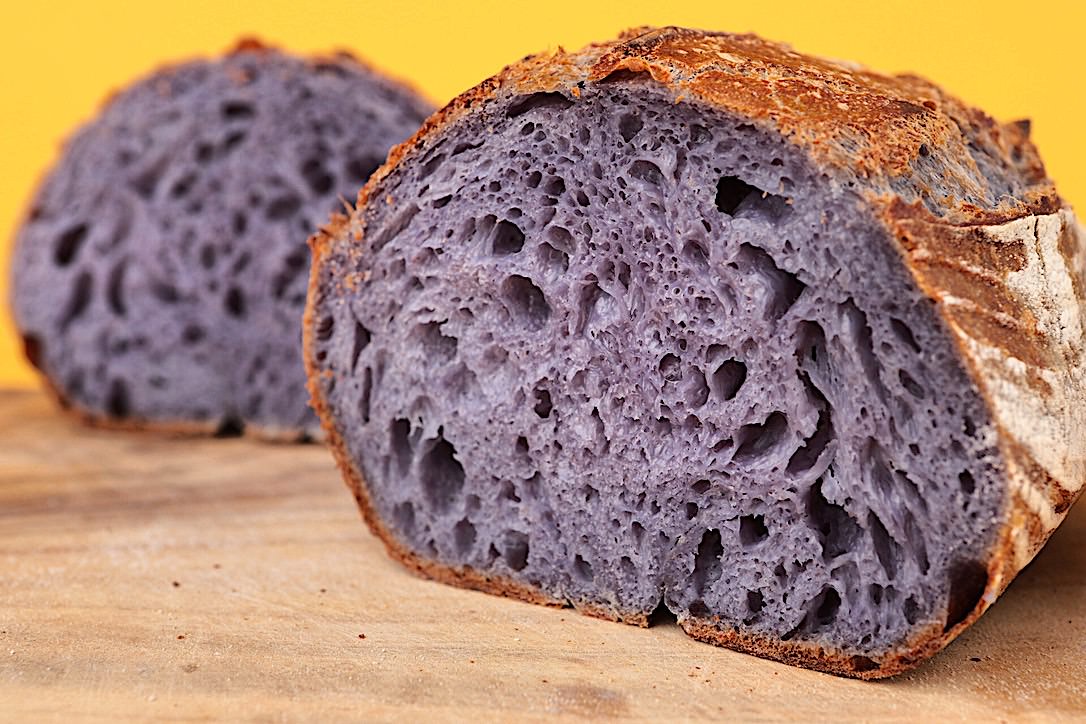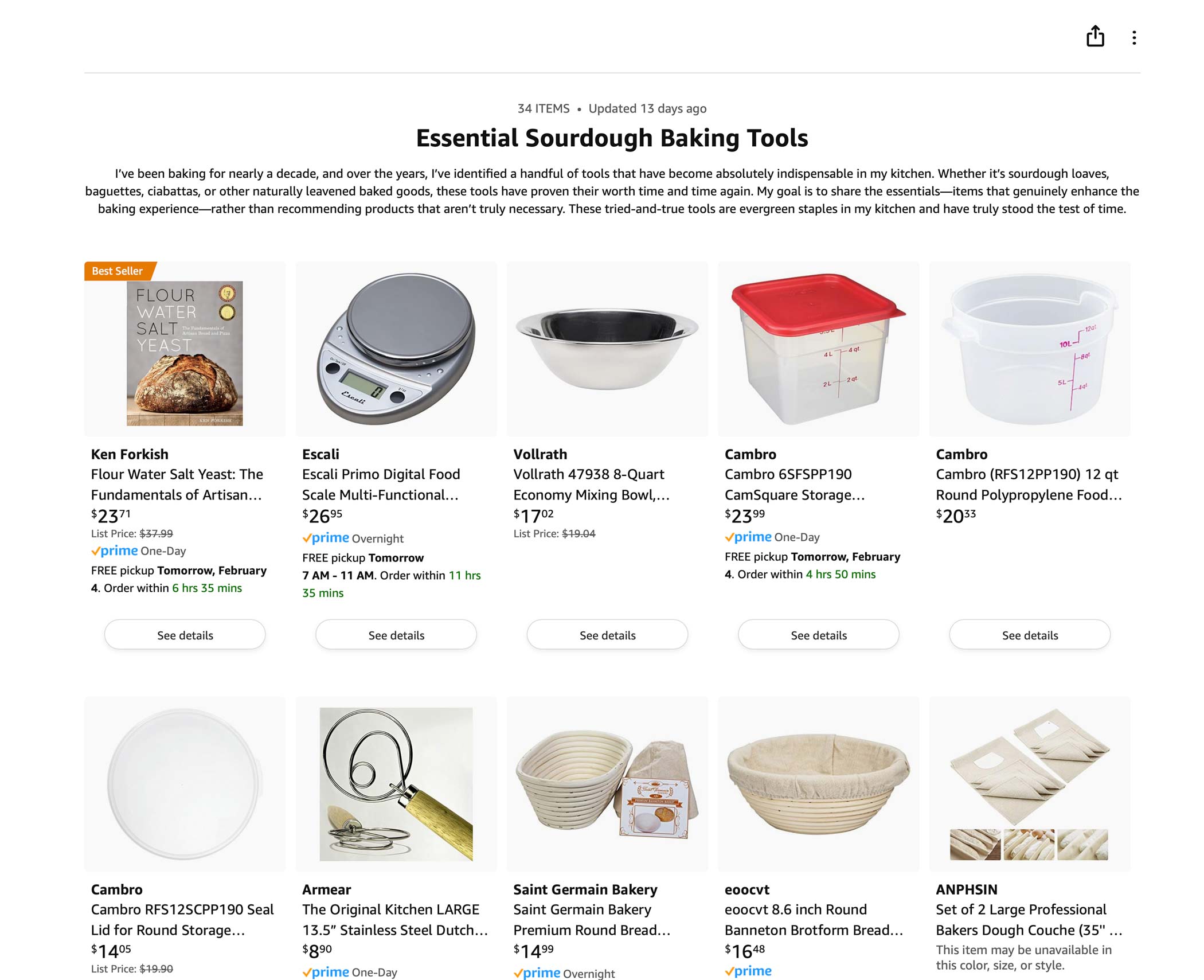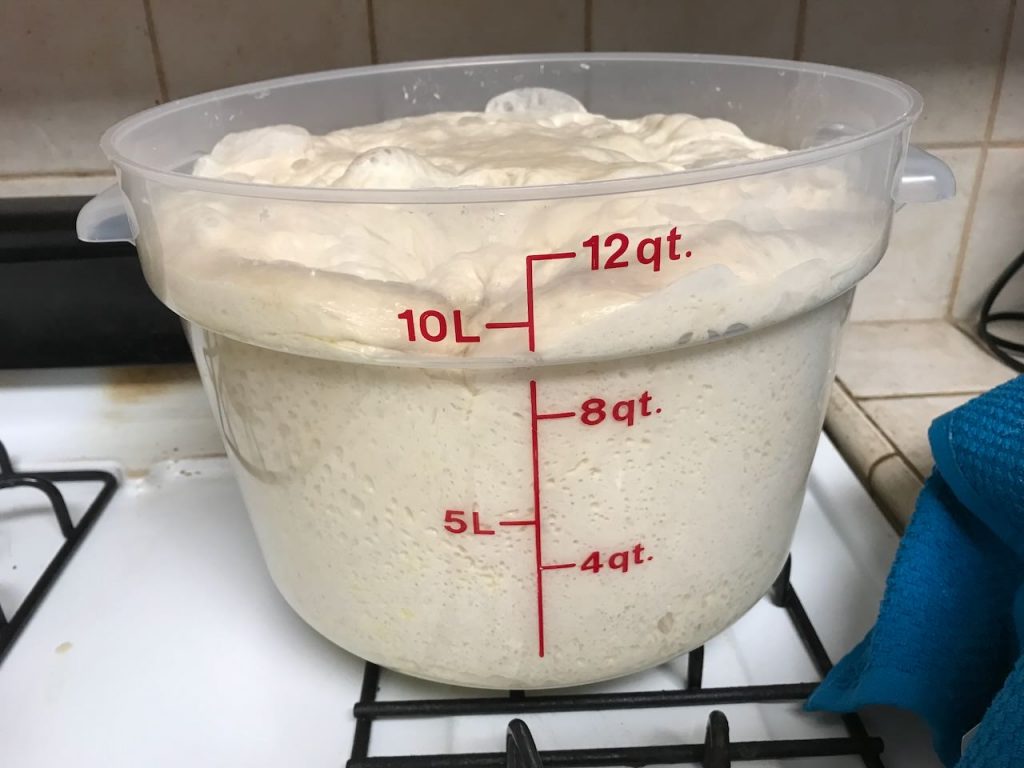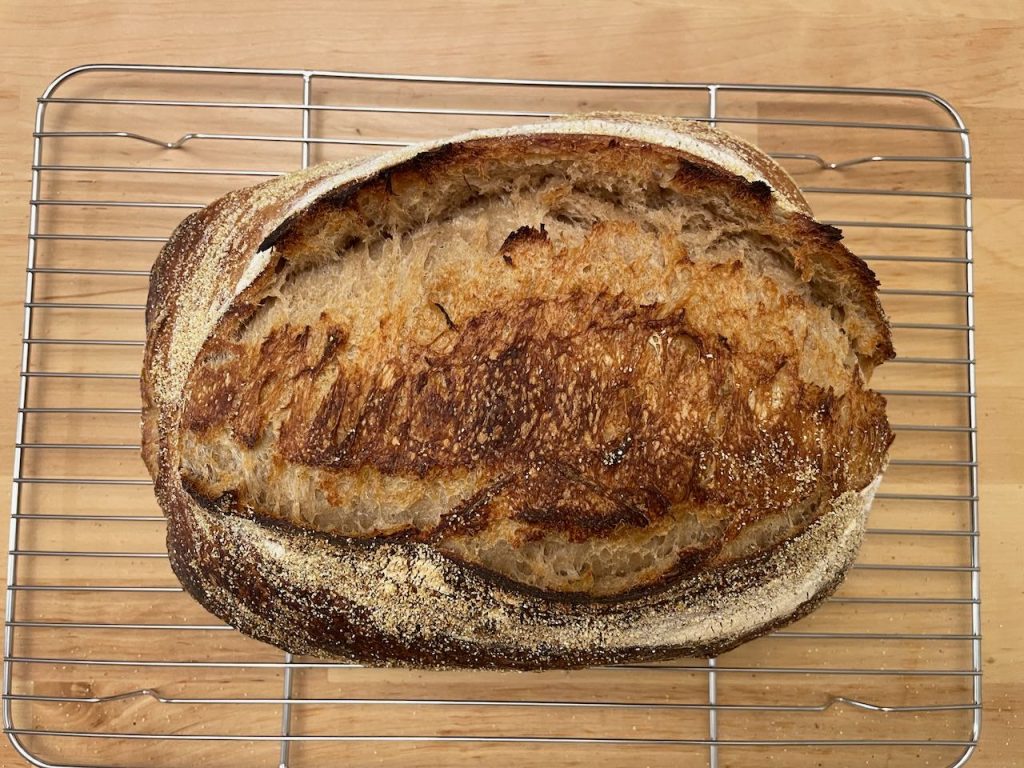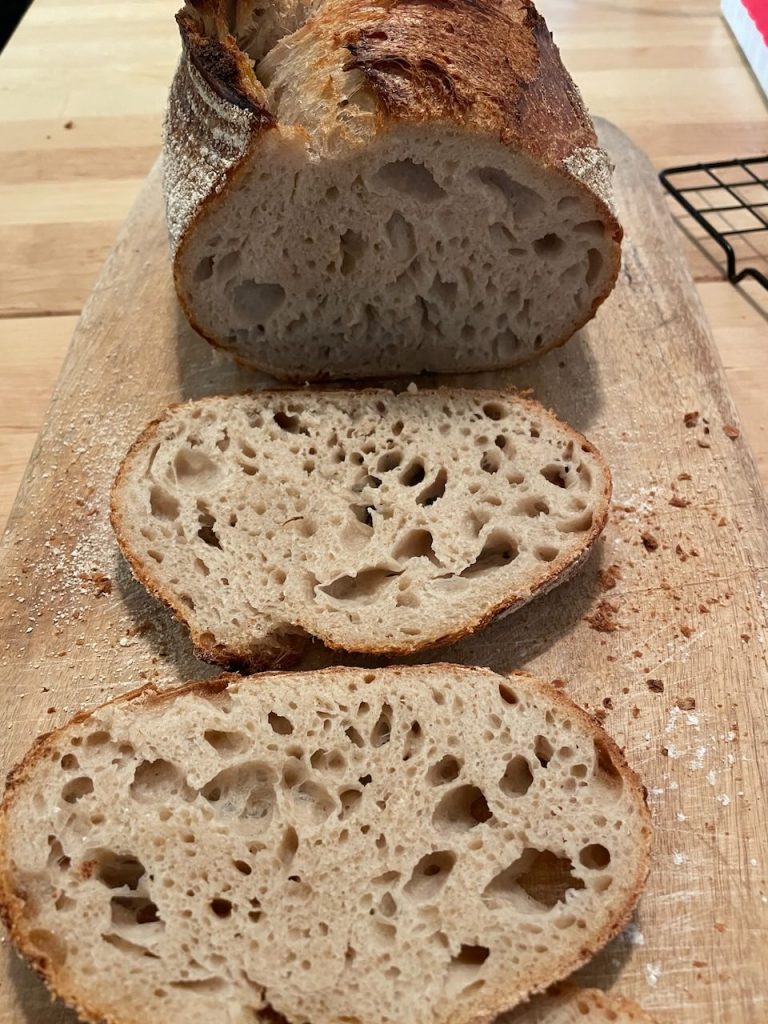The Ultimate Sourdough Bread Recipe for a Perfect 1KG Loaf
Master the art of sourdough baking with this step-by-step guide to creating a perfect 1KG artisan loaf. Learn about wild yeast fermentation, shaping techniques, and baking methods to achieve a beautifully crusty, flavorful bread with a soft, airy interior. Whether you're a beginner or an experienced baker, this recipe covers everything from starter preparation to scoring and baking for the best homemade sourdough results.
